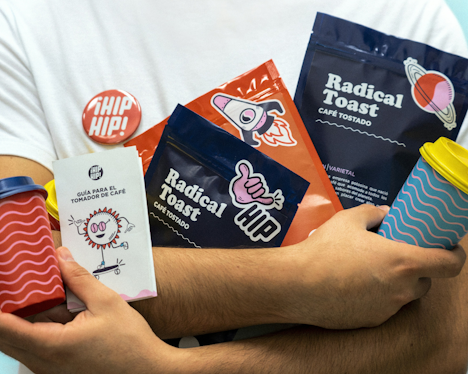You’ve planned your exhibition or trade show to perfection and it was a great success. You have collected every shape, size and colour of business card and the people you spoke to were receptive and enthusiastic about your event offering.
Job done then? Can we call the event a success and wait for the pennies to come flying in?
Unfortunately not, the true success of event marketing is nurturing and converting the leads that are generated. And that’s why committing one of these ‘exhibition evils’ at the final hurdle can be the most damaging for your organisation.
Evil #1. Not Targeting your Post-show Marketing Campaign
It may be tempting to save time and effort by using a mass marketing campaign for all the contacts you gained during the show, yet this approach is bound to be ineffective and won’t distinguish you from the competition.
You need to collate your leads into distinct groups in order to tailor the best campaign for them. Ask yourself the following questions in order to determine each group:
Are they hot, warm or cold in their willingness to buy?
What type of organisation are they – agency or end-user?
What aspect of your product/service were they interested in?
Once you have organised the contacts into groups, don’t waste any time getting in touch – hot leads only stay that way for a short amount of time, 48 hours maximum, so meeting up for a post-show drink or coffee the day after would be ideal.
On the other hand, a ‘warm’ or ‘cold’ lead should be developed more indirectly, for example by giving out some useful information on your company or industry. However, time is still paramount for these leads, try and get in contact with each of them in the first week following the show: emailing out the results of a visitor prize giveaway is a great way to make first contact with these less-developed leads.
Evil #2. Using a Single Channel for your Marketing Campaign
The data you collect from a marketing event is usually up-to-date information from key players within the industry: rival companies would literally pay thousands of pounds for it, so make sure you appreciate its value.
This is best done by using various channels to make the most of the collated data. ‘Hot’ leads will prefer a call or face-to-face meeting in order to foster longer-lasting business relationships, whilst ‘warm’ or ‘cold’ leads might require an email, letter or contact through social media.
If possible try and keep the same point of contact from the show to the sale, this will make the lead trust your company and give you the chance to interact on a more personal level.
If you can’t do this, make sure your sales team is up-to-date on each lead by giving them access to your event lead database, which should include detail about each lead’s needs. In order to be successful be persistent yet respectful with your leads – go for long-term customer gain and retention rather than hard-selling tactics.
Evil #3. Throwing Away Your Exhibition Stand
A modular exhibition stand in action at an event
Exhibitors often complain that their exhibition stands only last for one or two shows, yet this shouldn’t be the case. Taking good care of the stand at the show and in transport; making sure the display doesn’t become outdated (for example by avoiding marking a price, year or specific event on it); and, most importantly, buying a stand with high-quality, durable media are all effective methods of extending the life of your display stand.
Another common complaint from exhibitors is that their displays won’t fit in different-sized shell schemes. However, if you purchase the right stand, exhibiting at multiple events should be a breeze: modular display systems are ideal for exhibitors who attend multiple shows as they can be easily reconfigured to fit any shape or size of event space.
Evil #4. Not Rewarding your Staff
An exhibition or trade show, especially if it is a three-day event, can be physically and mentally challenging for your on-stand team. Being on your feet all day and speaking to a huge number of leads will most likely leave your team exhausted and possibly resenting the company for their hardships!
However, by showing that you value the efforts of your event team, you can make your staff feel a sense of accomplishment after the show. Rather than head straight back to the office the next day, why not go out for a post-show meal or drink?
You could show your team how much you appreciate their efforts by arranging a post-show ‘awards ceremony’ where you can acknowledge the extra effort they put in over the course of the event.
When done correctly, marketing events can be a great team-building exercise, just make sure you reward the team’s efforts on an individual level, compensating them for any extra hours they have put in for an event.
Evil #5. Not Assessing the ROI of a Marketing Event
Sitting down and evaluating a show is an important step for anyone looking to streamline their marketing efforts. Doing this six months after an event will ensure most of the leads will have matured and you’ll be in a better position to assess the show’s relevance, whilst it is also a good time to start planning the next one!
When calculating the ROI, you need to define specific event success metrics: for most businesses this will be about sales, but it could also be publicity, industry awareness or key business contacts gained.
Tracking sales on CRM software using event tags and keeping a good overview of all the leads produced by a show can also help you assess its value. Once you’ve calculated the value of the leads generated, remember to subtract the costs involved to see whether it is worth attending again next year.
posted in Marketing Advice
Share this Event







